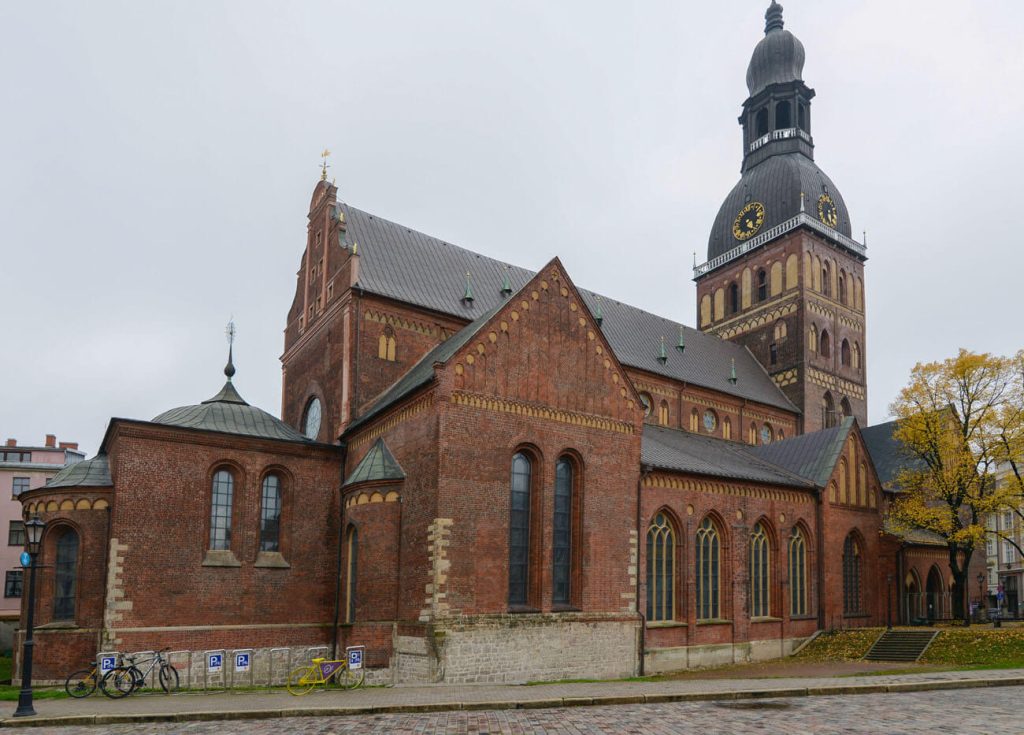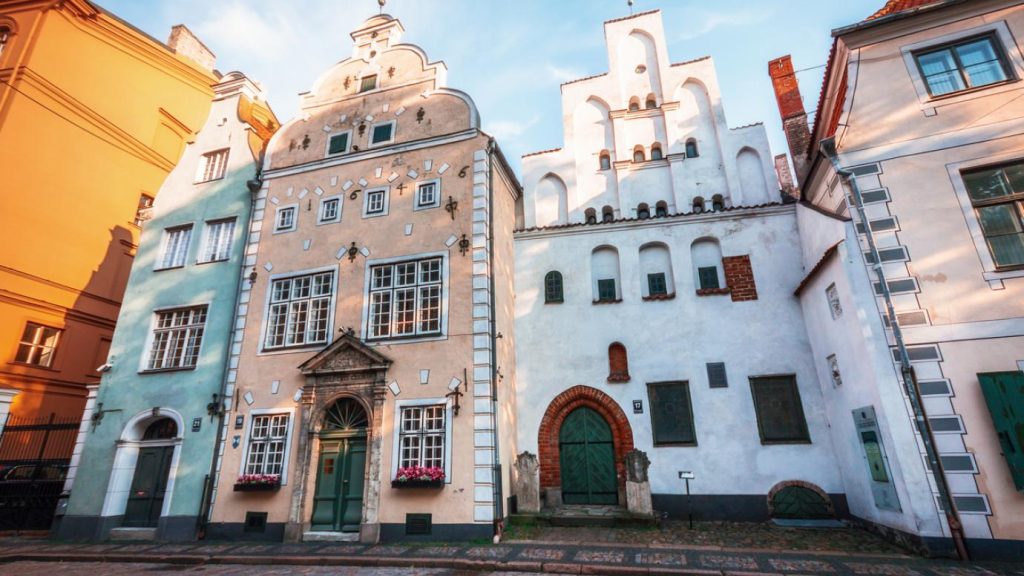Discover Riga’s Historic Treasures: Exploring the Old City

The Old City of Riga is a captivating journey through centuries of history. Established in the 13th century, this UNESCO World Heritage site offers visitors a fascinating mix of Renaissance, Baroque, and Jugendstil (Art Nouveau) architecture, all nestled along its narrow, cobbled streets. Whether you’re wandering down hidden alleys or relaxing in one of the picturesque squares, the Old City buzzes with life, especially during the warmer months when musicians play in the open air, adding to the lively atmosphere.
If you’re planning a visit to Riga, make sure you explore the following landmarks that make the Old City a must-see destination.

St. Mary’s Dome Cathedral: A Landmark of History and Harmony
One of the most iconic structures in Riga, St. Mary’s Dome Cathedral, was founded in 1211, and its history reflects the many changes the city has undergone over the centuries. Additions have been made to the Cathedral throughout its 800-year history, blending a variety of architectural styles.
- What to See: Inside the Cathedral is the Riga Museum of History and Navigation, which provides a detailed look at the city’s past. Don’t miss the chance to admire the fourth-largest organ in the world, which has an incredible sound that fills the entire space. If you’re lucky, you might catch an organ recital during your visit, or you can simply relax in one of the nearby cafés as the majestic sounds drift across the square.
St. Peter’s Church: Panoramic Views of Riga
A short walk from the Dome Cathedral is the towering St. Peter’s Church, one of Riga’s most notable landmarks. Its slender, three-tier steeple was originally constructed in the 17th century and has been rebuilt multiple times, with the latest reconstruction in 1973.
- What to Do: For stunning panoramic views of Riga, take the elevator to the observation deck on St. Peter’s spire. From this vantage point, you can capture the entire city in one breathtaking photo — perfect for photographers and travelers looking to take in the beauty of Riga from above.
Blackhead’s House: Medieval Elegance Restored
Located on Town Hall Square, Blackhead’s House is one of Riga’s most photographed buildings. Originally built in 1334 as a guild house, it was tragically destroyed during World War II. Thankfully, it was meticulously rebuilt in time for Riga’s 800th anniversary in 2001, restoring its original 14th-century charm.
- Inside Blackhead’s House: Visitors can explore the museum and enjoy concerts in the concert hall, learning about the cultural and social history that this architectural gem represents.

The Three Brothers: Riga’s Oldest Residential Complex
For a glimpse into medieval life, head to the Three Brothers at 19 Maza Pils iela. This trio of buildings, dating back to the 15th, 17th, and 18th centuries, represents the evolution of architectural styles in Riga over the centuries.
- Architectural Museum: The oldest of the three houses now holds the Architectural Museum, where exhibits showcase how Riga’s citizens lived in medieval times. Exploring these buildings gives visitors a unique perspective on the daily life of past generations.
A Journey Through Riga’s Jewish History
Riga’s Jewish history is a poignant reminder of the city’s past. The Jewish Museum at 6 Skolas Street offers insight into Jewish life in Latvia through documents, photographs, and exhibits about the Holocaust.
- What to Experience: The museum also houses the Jewish Community Centre and Café Lechaim, a cozy kosher café offering traditional Jewish dishes like borsht, cholent, falafel, and schnitzels. This is a great spot to enjoy a meal while learning more about Latvia’s Jewish heritage.
Holocaust Memorial and Choral Synagogue Ruins
The ruins of the Choral Synagogue on Gogol Street stand as a haunting reminder of the atrocities committed during World War II. On 4th July 1941, 300 Jews were trapped inside the synagogue by the Nazis and perished when it was set on fire.
- Visiting the Memorial: Today, the Holocaust Memorial stands near the ruins, commemorating those who lost their lives. Visitors can pay their respects and reflect on this tragic chapter of Riga’s history.
Practical Travel Tips for Riga
- Currency: Although Latvia is part of the European Union, it still uses the Euro (EUR), so be sure to exchange your currency accordingly.
- Local Cuisine: Food in Riga is incredibly affordable and diverse. Be sure to try local specialties like psychedelic borsht and moose salami, which you can find at markets or restaurants.
- Amber and Art: When it comes to shopping, Baltic amber and knitwear are popular souvenirs. You’ll also find a wide range of ceramics and wooden crafts from local artisans in the Old Town.
Conclusion: Riga’s Old City is an enchanting mix of history, culture, and architectural wonders. Whether you’re exploring ancient landmarks like the Dome Cathedral and St. Peter’s Church or delving into the city’s Jewish heritage, Riga offers an unforgettable journey through time. Be sure to experience the local food, crafts, and the lively atmosphere of this Baltic gem.